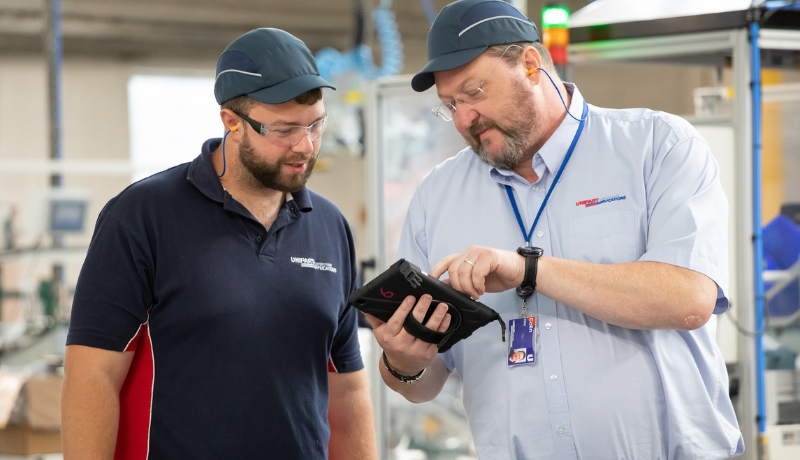
Unipart Powertrain Applications (UPA) is a division of the Unipart Manufacturing Group (UMG), a Tier 1 supplier of automotive components worldwide. With only a few hours of finished stock on-site and delivered just-in-time, even minor service interruptions can have a huge impact on the entire Unipart supply chain.
Unipart Powertrain Applications chose the Nutanix Cloud Platform and AHV hypervisor to eliminate database latency issues affecting its automotive parts division’s just-in-time delivery capabilities. A combination capable of not only providing the required performance boost but also of reducing complexity, simplifying management, and making the business as a whole more agile and flexible.
Softcat, an independent infrastructure specialist and Nutanix partner, advised the Unipart team to migrate to a Hyperconverged Infrastructure (HCI). It wasn’t long before the UMG datacenter had a Nutanix Cloud up and running. Two clusters were installed, the first to support day-to-day production workloads, followed by a second for data replication, load balancing, and disaster recovery, as well as backup to NAS and offsite long-term archiving. Aside from support for core manufacturing, ERP, and database workloads, the ability to install and share graphics accelerator (GPU) cards in the Nutanix cluster via the AHV hypervisor was seen as a significant advantage over other HCI platforms.
With AHV handling virtualisation, 80+ VMs needed to be migrated, a process made simple by Nutanix Move, with the IT team completing the project on time and without major issues or downtime. Furthermore, overall performance has been noticeably improved, while database latency issues have been completely eliminated, with measurable effects on productivity.
In the short term, UPA is focusing on automating day-to-day management tasks and assisting product development teams. Beyond that, the group’s Nutanix investment is expected to play a significant role in enabling rapid diversification away from automotive engineering into other areas such as battery manufacturing and other low-carbon technologies requiring flexible manufacturing facilities, backed up by an agile and easy-to-manage IT infrastructure.
